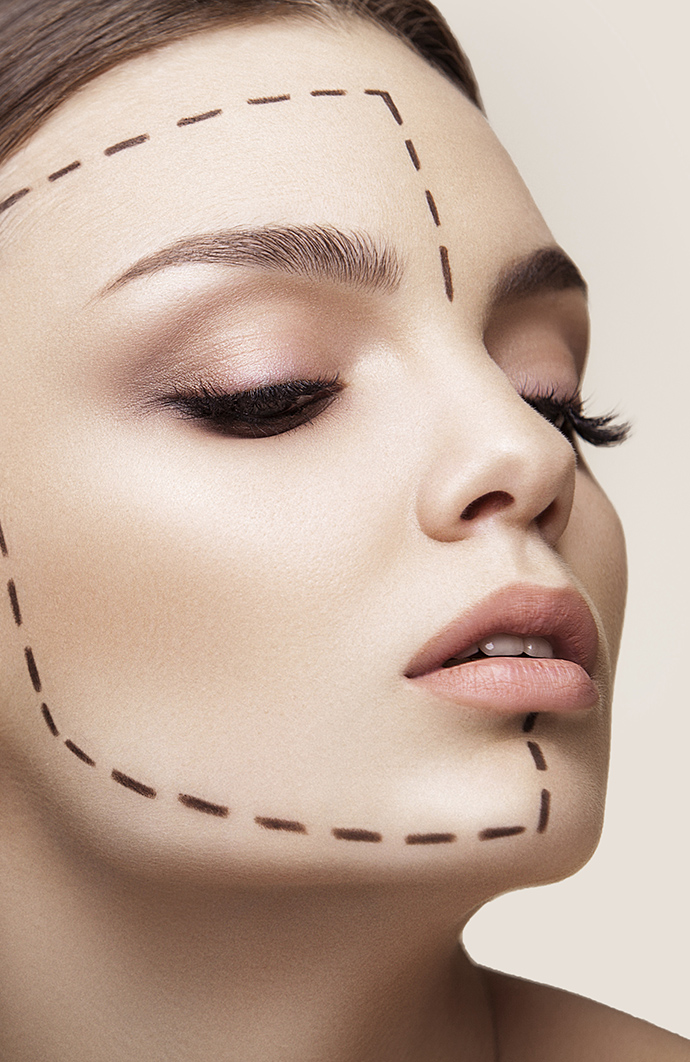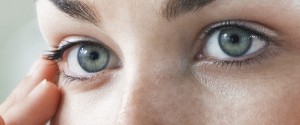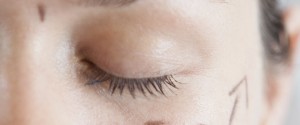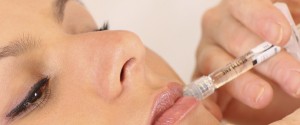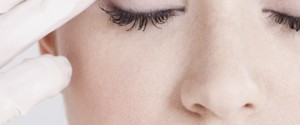Blepharoplasty
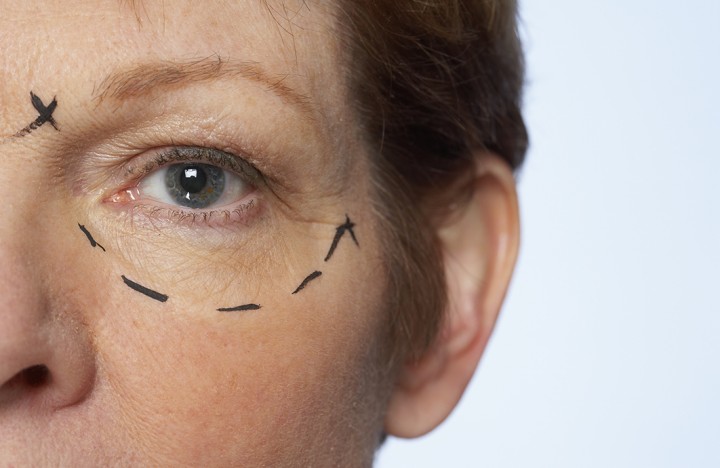
Blepharoplasty is the plastic surgery operation for correction of problems with the eyelids. It also is used for aesthetically modifying the eye area on your face. As you grow older, your eyelids stretch, causing the muscles supporting them to become weaker. As a result, excess fat can gather below and above your eyelids, causing bags under your eyes, droopy upper lids, and sagging eyebrows. Besides making you look older, sagging skin around your eyes can reduce your peripheral vision and the outer parts of your field of vision. Blepharoplasty helps eliminate, or at least reduce vision problems, while also making you look more alert and younger.
Who is it good for?
You may be a candidate for blepharoplasty if sagging or droopy eyelids are affecting your vision. Removing excess tissue from your lower eyelids or upper eyelids can improve your vision.
This procedure may be an option if you have bags under your eyes, excess skin on your lower eyelids, droopy lower eyelids, excess skin on your upper eyelids that affects your peripheral vision, or baggy or droopy upper eyelids. Blepharoplasty can be executed as a stand-alone procedure, although it is often used as part of a much larger process, including a face-lift, a brow lift, or skin resurfacing. Prior to the blepharoplasty procedure, make sure you have multiple discussions with the surgeon to understand the process and assess any potential risks. Some of these risks include loss of vision, double vision, abnormal eyelid position, dry eye, inability to close the eyes, scarring, bleeding, and infection. The surgeon may recommend that you follow several steps in the weeks before the procedure. You should also prepare your house with medications for pain relief and any other items that you may need post-procedure so you are prepared and ready to go. The blepharoplasty procedure isn’t overly invasive, and patients generally have a short recovery time. Most people are able to return to normal activities after a week or so and most of the swelling and bruising will resolve within two weeks.
Compare
There are two types of blepharoplasty: transcutaneous, which is when the incision goes through the outer skin, and transconjunctival, where the incision is made from the inside of the eyelid. Transconjunctival blepharoplasties are typically conducted to remove fatty tissue from under the eyes bags, and no skin is removed. They work best for people with thick or more elastic skin, and thus are commonly used for younger people. Transcutaneous blepharoplasties, on the other hand, are conducted when drooping or sagging is significant. The surgeon separates the skin from the fatty tissue and muscle, and removes the excess fat while trimming the loose skin. Many people prefer the transconjunctival procedure because it is less invasive and the recovery time is much shorter. This procedure also allows the surgeon to examine the result of the surgery by returning the eyelids to the original position and then making any necessary adjustments. Some surgeons actually use a laser instead of a scalpel. Laser surgery makes small incisions and cauterizes the blood vessels, which significantly reduces bleeding during the procedure.

